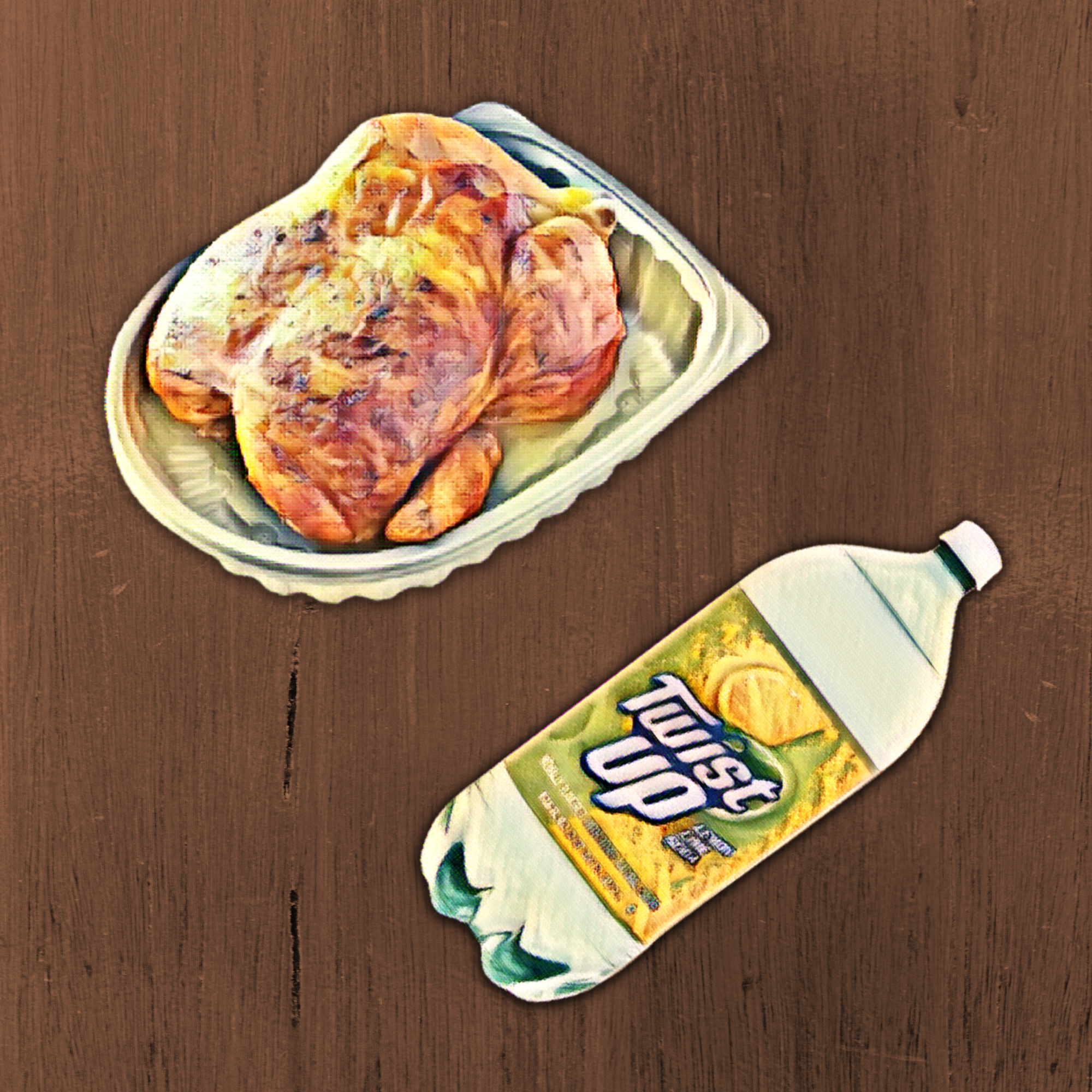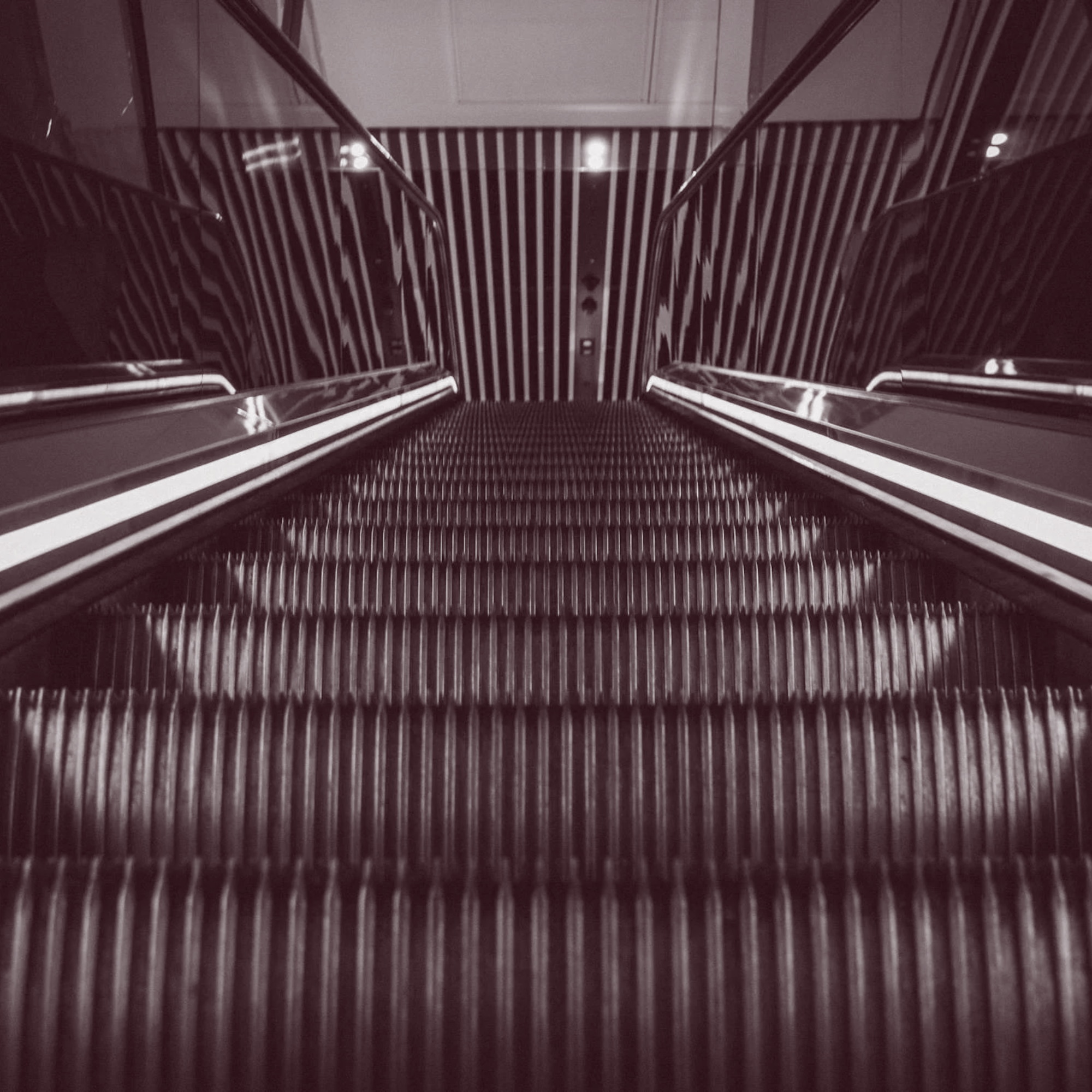- Magazine Dirt
- Posts
- The nuclear image
The nuclear image
David Lynch and the Trinity test.

Artwork by Greta Rainbow
Geoff Rickly on the nuclear blast framed above Gordon Cole’s desk.
This is the first in a series of dispatches called Peak Objects, from Dirt x MUBI. Authors writing about a single object of their choice from the world of Twin Peaks.
A little over 16 minutes into the eighth episode of Twin Peaks: The Return, a hard reset occurs: the scene shifts to an empty desert, the picture turns black and white, and a title card reads, “July 16, 1945, White Sands, New Mexico, 5:29 AM (MWT).” All that follows is an origin story for the world of Twin Peaks, centering on the Trinity nuclear test and the forces of evil it birthed. David Lynch’s 46-minute masterpiece begins with an explosion that puts the climax of Oppenheimer to shame.
Both the late David Lynch and Oppenheimer director Christopher Nolan understood that no sound reproduced by simple loudspeakers could duplicate the earth-flattening thunder of a nuclear bomb, wisely choosing to omit the percussive blast. But where Nolan chose silence, Lynch went with wailing terror in the dissonant strings of Krzysztof Penderecki’s “Threnody to the Victims of Hiroshima.”
Lynch freezes the moment and takes us inside the explosion itself, moving into an expressionist realm of pure cinema that bridges his early shorts, like Six Men Getting Sick (Six Times) with his 2002 web film series Rabbits, later repurposed in 2006’s Inland Empire. Episode eight of The Return is not only a high-water mark of the season—as a standalone piece, it demonstrates Lynch’s belief in the supremacy of the image.
Episode eight of The Return is not only a high-water mark of the season—as a standalone piece, it demonstrates Lynch’s belief in the supremacy of the image.
Roland Barthes wrote that, “The photograph possesses an evidential force, and that its testimony bears not on the object but on time.” Images bear witness to the passage of time by freezing the present and, in turn, the passage of time gives images their photographic qualities.
Lynch treats the Trinity explosion as an examination of time. If this birthing of primal, evil forces could be arrested long enough to be inspected, what would we find? The answer seems to be people, maybe people as the avatars of greater forces but people nonetheless, and in fact, Laura Palmer herself is the result, Lynch tells us, of this blast.
Newsletter continues below

SPONSORED BY MUBI
To celebrate the 35th anniversary of Mark Frost and David Lynch’s groundbreaking TWIN PEAKS, the complete original series plus its 2017 follow-up THE RETURN are now available for the first time on MUBI. Dirt readers get two months free to enjoy this show, plus everything else streaming on the platform for incredible cinema. Start watching here.
Lying just five miles south of the Canadian border, and twelve miles west of the state line, is a sleepy little town filled with intriguing characters, a damn fine cup of coffee, and cherry pie so sweet it’ll kill you. While you’re visiting, you may ask yourself, “Who killed Laura Palmer? Is it all a dream? Or are the owls really not what they seem…” Welcome to the town of Twin Peaks.

In On Photography (1977), Susan Sontag writes, “Photographs state the innocence, the vulnerability of lives heading toward their own destruction, and this link between photography and death haunts all photographs of people.” If, as Sontag claims, every photo of a living person is haunted by death, then Lynch inverts the relationship, finding that a photograph of death incarnate is instead haunted by life. In the case of Twin Peaks, life is haunted by Laura Palmer.
Just as the audience is given Laura Palmer’s body before we see her alive, we get a photo of the Trinity blast before the blast itself in episode seven. Lynch places a photograph of the explosion behind Gordon Cole’s desk. Here, the blast is an object—safely framed and hung on the wall.
Lynch places a photograph of the explosion behind Gordon Cole’s desk. Here, the blast is an object—safely framed and hung on the wall.
Gordon Cole, acted by Lynch, is the FBI chief (later director) tasked with overseeing the investigation of Palmer’s murder in earlier seasons and later a series of crimes committed by agent Dale Cooper’s doppelgänger. Our first impression of the photograph behind Gordon Cole’s desk is as a backdrop for Cole while he whistles a tune that has variously been identified as Nino Rota’s theme for 1973 film Amarcord, the 1997 song “Engel” by Rammstein, and birdsong—though, the trills at the end of each phrase are quite reminiscent of the waveforms produced by the dissonant strings in the Trinity explosion scene in episode eight.
The phrase “whistling past the graveyard” has popped into my head every time I’ve watched this scene, holding that peculiar sense of humor that Lynch wrapped around his darkest themes. There’s no doubt that David Lynch makes a point of using this photograph to backdrop his meeting with fellow FBI agent Albert Rosenfield. When we see the men shake hands in front of the picture of the blast, it’s an unsubtle reminder that the FBI’s own power is preserved by the massive violence that America holds above the rest of the world’s head, post-WWII.
The phrase “whistling past the graveyard” has popped into my head every time I’ve watched this scene, holding that peculiar sense of humor that Lynch wrapped around his darkest themes.
But Lynch wisely avoids overt abjection and instead lets the work move in layers, depicting evil as a force that functions through accumulation. We see these same overlapping waves in the triple image of Dale Cooper throughout The Return, like the “three-person’d God” in John Donne’s sonnet, which allegedly inspired the name of the Trinity test. Dale Cooper’s essence (the Good Dale) remains unseen in the Black Lodge, the image (Mr. Cooper, bad Dale) confronts us and the image-as-object becomes something new (Dougie), into and of only itself.
The photo of the blast, along with much of David Lynch’s estate, has recently gone up for auction. Its dimensions are listed as 78” x 78.75” (framed), making it “larger than life, but just barely” to David Lynch who was a reported 71” (or 5’11”). The photograph was estimated to sell for $1,000-2,000 but it currently sits at a high bid of $15,000.
The auction listing shows the front of the photograph, the backside of the photograph (a wooden frame with a blue piece of tape that says COLE’S OFFICE in black marker), and a still from episode seven, with David Lynch as Gordon Cole whistling in front of the picture. This single image is more than just a summary of the season—it’s a self portrait. Death, evil, imperialism and the nature of the image, explored through a deeply philosophical object by a visionary who kept his head by whistling through it all. Priceless.

MORE FROM DIRT X MUBI
|

OBJECTION
|
|
|
|
|







